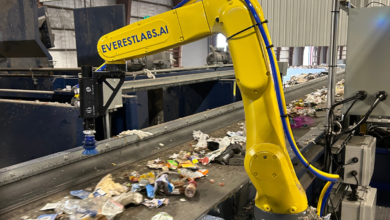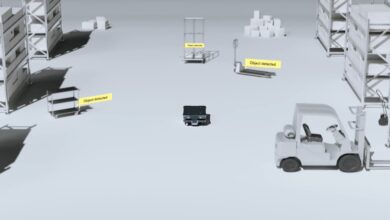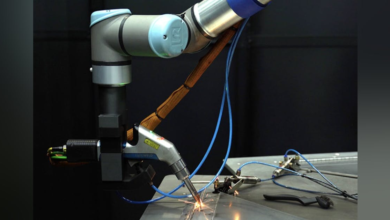NASA spinoff Seatrec offers a new power source for underwater robots
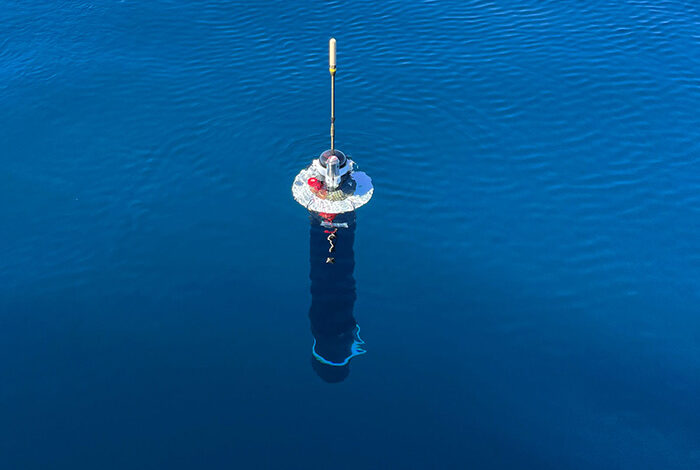
|
Listen to this article |
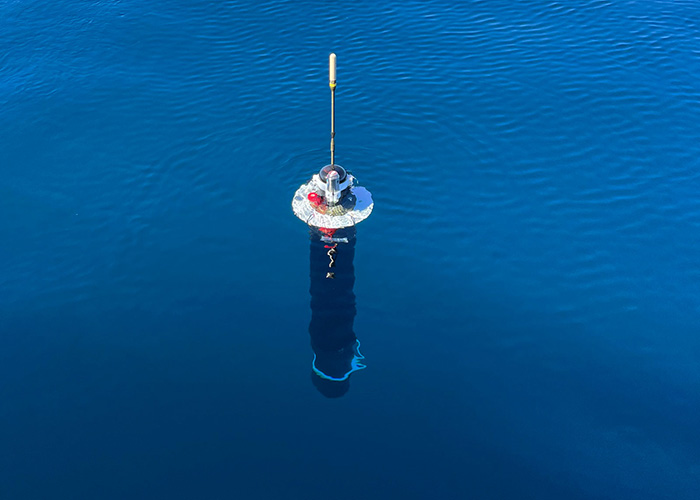
Seatrec’s infiniTE float is a subsurface ocean profiling platform that uses new power-generation technology. | Source: Seatrec
Around 80% of the ocean floor remains uncharted today, and for good reason. The deep sea is an unforgiving environment. Between intense pressure, zero visibility, and extremely cold temperatures, individuals and organizations looking to shed some light on the area have massive challenges to overcome.
Robots will likely be a key driver of this exploration, but they have their own limitations. One of the most pressing among these is power. Batteries in subsurface sensors often rely on solar energy or any other kind of renewable energy. This means when the batteries die, they’re either left dead in the water or recharged by a ship that can cost up to $50,000 a day to operate.
Seatrec Inc. hopes to provide a new kind of power source using technology created at NASA’s Jet Propulsion Laboratory (JPL) in Southern California and licensed from the California Institute of Technology. The Vista, Calif.-based company said its technology can allow robots to work in the open ocean indefinitely and without any intervention.
Yi Chao, the company’s founder and CEO, spent 15 years at JPL studying the ocean from space after earning his doctorate in ocean sciences. At NASA, he could see firsthand how difficult it is to access many of the world’s open oceans.
“I really had an opportunity to know the challenges of underwater robotics, and especially energy, and settled on this particular bottleneck that I want to address,” Chao said.
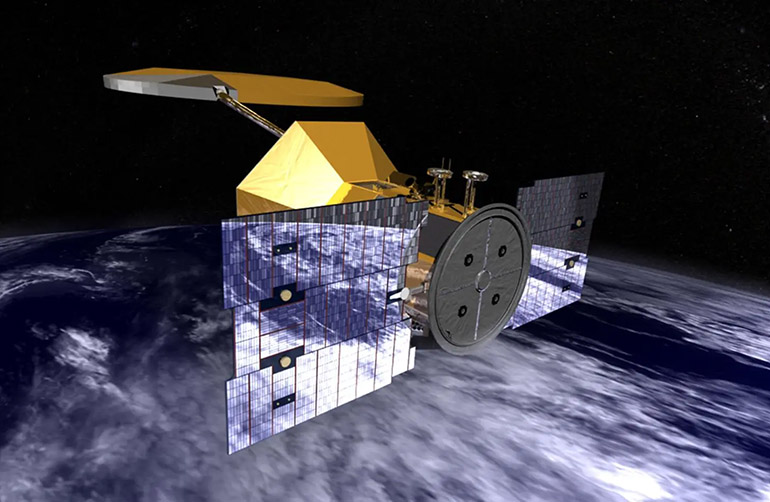
NASA’s Aquarius instrument aboard the joint U.S. and Argentinian Satélite de Aplicaciones Científicas mapped the surface salinity of Earth’s oceans. To calibrate the instrument, a JPL team distributed robotic floats. The experience helped inspire Yi Chao’s invention of an inexhaustible power source. Credit: NASA
Robots to be powered by their environment
With the help of two JPL colleagues, funding from JPL, and then a JPL contract with the U.S. Navy, Chao set out to find a different kind of power source for subsea robots. The team is using phase-change material to generate power.
Phase-change materials are substances that can transition between phases, usually between solid and liquid, at certain desirable temperatures. Chao’s team is taking advantage of the volume change that comes with a change in state to generate power.
“We use the kinetic energy from that volume expansion to spin the motor and then turn the mechanical energy into electricity, and now you can recharge your battery,” said Chao.
This concept is similar to the way a steam engine works by using water’s expansion into steam to turn a motor. The solid-to-liquid transition, however, only creates about a 10% expansion. This means the team has to make the most of the small amount of energy the transition generates. This is why the method has been unused for so long.
When used in a robot, the material’s temperature changes when the robot rises and falls through the ocean, something it will typically do anyway. When exploring the deepest parts of the ocean, robots still need to occasionally surface to determine their position via GPS and transmit the data they’ve collected to satellites.
The team chose a common industry-grade, paraffin-family material with a melting point of around 50ºF, right between the typical ocean temperature of about 40ºF and the surface of around 70ºF. While this material is ideal for the average ocean temperatures, it can be swapped out to better fit different environments.
Chao and his colleagues tested a prototype float at JPL in 2011 and then tested an underwater glider that operated under the same principle but could also move horizontally. Later, Chao exclusively licensed the invention from the California Institute of Technology, which manages JPL. He founded Seatrec in 2016.
Seatrec sees a growing market for its technology
Seatrec is currently selling its first power module for diving floats to research labs, universities, government researchers, and the military. Chao said he expects a lot of growth in the market. Possible customers include:
- Communications companies that are interested in laying transoceanic internet cables
- Companies drilling for oil and gas, or building wind farms offshore
- Environmental conservation groups that want to learn more about the locations of marine habitats
- Companies managing offshore operations, including oil wells, wind turbines, and fish farms, that need underwater sensors to monitor conditions and equipment
- Any company laying cables or mining for rare-earth elements on the seafloor. These companies need to asses the local environments and wildlife before these operations.
Moving forward, Seatrec plans to commercialize a system to power underwater gliders using its solid-to-liquid phase-change technology.
The company also plans to develop a power station that would cycle a liquid-to-gas phase-change material through ocean depths. This could create an order of magnitude more energy, allowing users to recharge more robots at sea, it said.
Seatrec has a grant from the Navy to develop a power station on the Arctic ice, where it can take advantage of the difference between water temperatures and the colder air above the ice.

